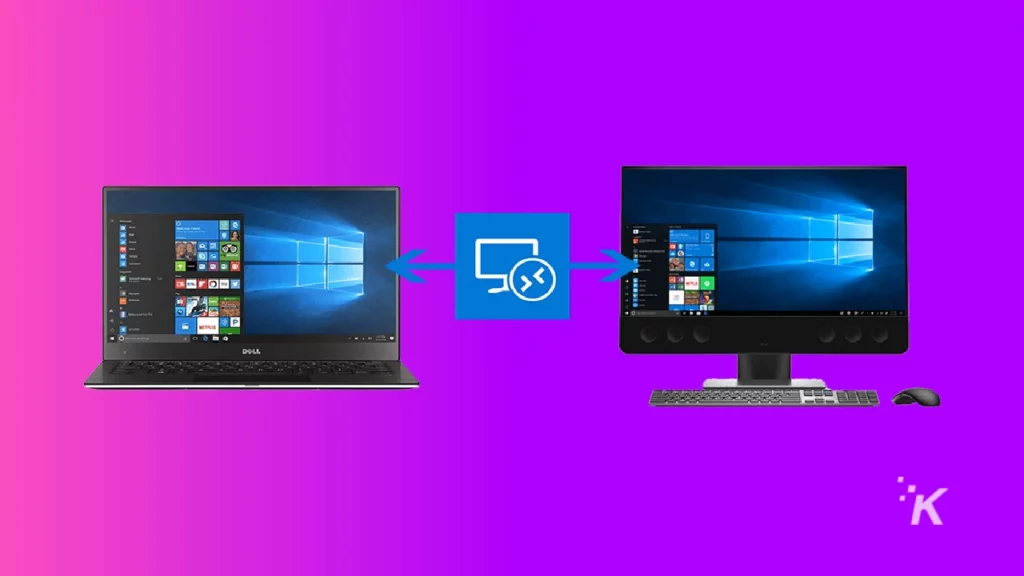Tech
Emulators vs. simulators vs. real devices: key difference in 3 minutes
Both virtual and real devices have their advantages and disadvantages. Therefore, for the highest quality testing, it is better to use both.

Just a heads up, if you buy something through our links, we may get a small share of the sale. It’s one of the ways we keep the lights on here. Click here for more.
There are over 6.3 billion smartphone users worldwide, mobile applications revenue is expected to reach $935 billion by 2023. The mobile app market is booming. There are more and more mobile application development companies, and the competition is also growing.
They strive to ensure the seamless operation of their product because success in the market depends on it. The key way to achieve this goal is to test the applications: at different stages of the development cycle and in different ways.
For testing, emulators, simulators, and real devices are used. In this article, we understand how all these devices perform, as well as the advantages and disadvantages of using them.
Types of mobile testing device solutions
Mobile applications are tested using different types of testing devices. Such devices are divided into real and virtual devices.
Real devices allow testers to evaluate the functionality and behavior of a mobile application using real mobile devices – physical mobile phones that end-users use.
Virtual devices are programs that mimic the functionality of real devices. Virtual devices simulate the characteristics of smartphones, allowing testers to get an idea of how the application will function on real devices.
Testing on virtual devices is divided into two types: testing on emulators and testing on simulators.
What are emulators?

The emulator is a software application, a virtual Android device that mimics the operating system or device configuration.
Usage:
- To test the interaction of the software with underlying hardware or a combination of software and hardware.
- To test external behavior, such as testing transactions and calculations.
- To check if firmware updates might be causing a problem with an application.
What are simulators?
The simulator is a virtual iOS device that mimics the behavior of the iPhone device. A simulator is a software that allows a computer to run programs designed for a different operating system.
Usage:
- To test internal behavior such as firmware tests and internal hardware.
- To check if the application interface can be displayed on different screen resolutions or not.
- To test the ability of an application to pass data to another application.
- To test software scenarios, such as checking the performance of an application against other applications or environments, i.e. checking whether the application works as expected or not.
The difference between emulators and simulators

Emulators and simulators are virtual devices. Virtual devices are not real phones, but programs that provide the same functionality as real devices (with the exception of some functionality, such as a camera, sensors, and so forth).
Despite the similar purpose, emulators and simulators have a number of differences.
| Emulators | Simulators |
| Strive to imitate the external behavior of the object as much as possible, such as transactions, calculations and so forth. | Imitate the internal state and behavior (hardware, firmware) of an object. |
| Written in machine-level assembly languages. | Written in high-level languages. |
| Suitable for debugging. | Not so suitable for debugging. |
| Provided by device manufacturers. | Provided by device manufacturers and other companies. |
Pros and cons of emulators and simulators
There are many advantages to using emulators/simulators, but there are also disadvantages. Let’s figure out the pros and cons of virtual devices.
Pros:
Free, available, and open-source. As a rule emulators/simulators are provided by manufacturers, so they are easily available, free for the install, and they are in the open-source developer’s community.
Wild range of devices/OS offered. Emulators/simulators offer many different devices and operating systems for emulating/simulating. This is a good way to combat device fragmentation.
Functional testing and UI testing. Emulators/simulators promote a free and easy way to test within the early stages of development.
Reach debugging and catching unexpected functional behavior. Emulators provide rich, step-by-step data for debugging when testing an application on an emulated device.
Simulators, however, don’t provide such data for debugging, as simulators are often used by developers to study how an application works in a simulated system to find evidence of unexpected functional behaviors.
Fast and convenient. Fully configured emulators/simulators are quickly launched to test code or basic functionality. However, the initial setup of emulators/simulators can be tedious.
Absence of additional dependencies. Because emulators/simulators are offered within the IDEs, there are no additional dependencies needed to use the emulator or simulator.
Cons:
You cannot emulate/simulate real-time data. Emulators/simulators cannot or limit the creation of real-time data such as battery usage, network connectivity, bio-authentication, GPS, sensors, and so on.
Lack of testing coverage. Functional testing and UI testing are only part of the overall testing that needs to be done before the release of the product.
Critical, additional testing such as performance testing, user-based testing, and system testing cannot be done on an emulator/simulator.
Thus, this is a huge disadvantage when considering the use of emulators/simulators for all testing needs.
Testing accuracy, reliability, and speed. Emulators/simulators are less reliable than real devices.
Every emulator/simulator has its fair share of false positives/negatives when testing an application, leaving developers and testers guessing and forcing them to retest.
Not an accurate representation of real-world scenarios. The tester will see significantly different results when running the regression on an emulator/simulator compared to real devices. Emulators/simulators are much more limited in power than real devices.
Real devices

Despite all the advantages, emulators and simulators cannot replace real devices. As mentioned, testing on physical devices means that you test in the same way as your end-user who uses the same devices.
In turn, virtual devices cannot take into account every factor of the environment, every feature of the functionality or user action performed on the device.
Emulators/simulators can give false positive/negative test results, which can be a problem in the advanced testing process and have a negative impact on the development process and ROI.
Thus, testing on real devices is more accurate, it is extremely important for performance, reliability, operability, sanity, and regression testing.
Pros and cons of real devices
Pros:
Accuracy. Virtual devices may give false data. It means that tests can run on emulators/simulators, but the end-user will have problems running the application on a real device.
Thus, there is nothing better than a real, physical device. Emulators and simulators are good for basic testing, but for real, deep testing of application work, you need to run tests on real devices.
Real-world conditions. Real devices allow you to test your application in a live environment. You check what happens when the user gets a call or message during an activity within the application. These kinds of scenarios cannot be tested on virtual devices.
Improved UI validation. Application usability issues are easily detected during testing on a real device, unlike virtual devices.
Deep performance testing. With real devices, this is much easier to do than with virtual devices.
Hardware and sensor-related validations. Using a real device, you test how it interacts with hardware and sensors such as the camera, accelerator, and biometrics. It’s impossible to do this with virtual devices.
Cons:
Price. High costs are the main disadvantage of using real devices for testing. Apps manufacturers need to purchase many devices in order to see how the application will behave on different devices with different firmware, operating systems, and hardware features.
In addition, it is necessary to ensure that real devices are stored in such a way as to ensure their maximum durability. Furthermore, you also need to maintain them.
Slow bug fixes. Testing on real devices can slow down the process of fixing bugs during the early stages of software development.
Device fragmentation. Many new types of devices are constantly entering the market with different operating systems, and software updates, which significantly complicates testing on real devices.
Emulators, simulators, or real devices: when to test on what device
As you can see, both virtual and real devices have their advantages and disadvantages. Therefore, for the highest quality testing, it is better to use both.
Virtual devices provide the best opportunities for debugging in the early stages of development. Using emulators and simulators can make the development cycle faster and more efficient.
On the other hand, testing on real devices is more efficient if you really want to understand the user experience. In addition, identifying defects is also easier with real devices.
Testing on real devices is expensive, so testers often have to resort to emulators and simulators.
The best option for most companies that want to focus on quality, but can’t yet afford to set up their own device lab with all the necessary devices for testing, is to rent a third-party device farm.
Zebrunner Private Device Farm gives you full access to the devices, allowing you to develop and debug remotely. You get multithreaded test execution, retrieve test results in the tools you prefer, and use the option plug-n-play when you can easily remove the device to use it in manual testing.
Zebrunner infrastructure specialists can set up the entire infrastructure right in your office or within a remote data center. You also can get a custom solution fit just for you according to the device suite required for testing.
Have any thoughts on this? Let us know down below in the comments or carry the discussion over to our Twitter or Facebook.
































